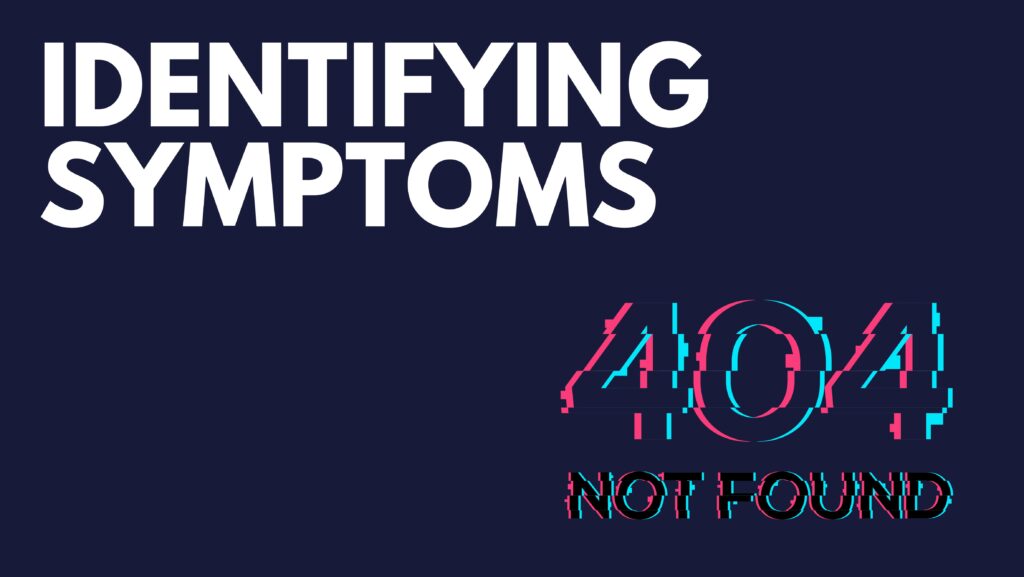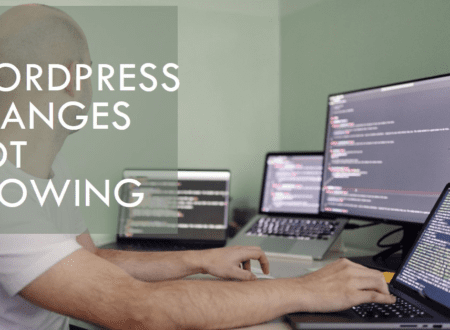In today’s digital age, If you hear about a crash a website means a business has crashed because websites are the lifeblood of businesses, organizations, and individuals alike. They serve as platforms for communication, commerce, and access to information.
However, even the most robust websites are vulnerable to crashes, leading to disruptions, data loss, and financial losses. Understanding the causes and mechanisms of website crashes is crucial for both website owners and users to protect themselves online.
Decoding the Crash: Exploring the Causes:
Various factors, both internal and external, can trigger website crashes. Here are some of the most common culprits:
- Technical Failures: Server overloads, software bugs, and hardware malfunctions can all lead to website crashes.
- Denial-of-Service (DoS) Attacks: These attacks flood a website with traffic, overwhelming its resources and causing it to crash.
- DDoS (Distributed Denial-of-Service) Attacks: Similar to DoS attacks, but carried out from multiple sources, making them harder to trace and defend against.
- Security Breaches: Hackers can exploit vulnerabilities in a website’s code or security systems to gain access and cause damage, including crashes.
- Malicious Code: Viruses, worms, and other malware can infiltrate a website and corrupt its files, leading to crashes and data loss.
- Human Error: Accidental configuration changes, improper code updates, and other human errors can also trigger website crashes.
Identifying the Symptoms:


There are several telltale signs that a website is about to crash or has already crashed:
- Slow loading times: This can be a precursor to a crash, as the website struggles to handle traffic.
- Error messages: Error messages like “500 Internal Server Error” or “404 Not Found” often indicate a problem with the website.
- Unresponsive pages: Pages that fail to load or respond to user interaction are another sign of a crash.
- Website downtime: If the website is completely inaccessible, it has likely crashed.
Protecting Yourself from the Crash a Website:
As a website owner, you can take several steps to protect your website from crashes:
- Invest in Reliable Hosting: Choosing a reputable hosting provider with a robust infrastructure can minimize the risk of server-related crashes.
- Implement strong security measures: Regularly update your website’s software and plugins, use strong passwords, Create a proper website checklist, and install security plugins to protect against attacks.
- Back up your data regularly: This ensures that you can restore your data even if your website crashes and minimize downtime.
- Monitor your website performance: Use website monitoring tools to track website performance and identify potential issues before they cause a crash.
- Develop a disaster recovery plan: This plan should outline the steps you will take to restore your website in the event of a crash.
As a website user, you can protect yourself by:
- Avoiding suspicious links and websites: These websites may contain malware or be designed to launch DoS attacks.
- Keeping your software updated: This includes your web browser, operating system, and antivirus software.
- Being cautious about clicking on pop-ups and advertisements: These can be gateways for malware and phishing attacks.
- Reporting suspicious activity to the website owner: If you notice anything unusual on a website, report it to the owner so they can take action.
Exploring the Legal and Ethical Implications:
Intentionally crashing a website is illegal and can have serious consequences. Depending on the severity of the damage caused, the attacker can face criminal charges, fines, and civil lawsuits. Additionally, it is ethically wrong to deliberately disrupt a website and potentially harm its owner and users.
Conclusion:
Website crashes can be disruptive and costly, but by understanding the causes, identifying the symptoms, and taking preventive measures, both website owners and users can minimize the risk of crashes and protect themselves online. Remember, a healthy digital ecosystem requires responsible behavior and a commitment to protecting the integrity and accessibility of the online world.
- Website vs Blog | Key Differences and Similarities - July 8, 2024
- Top 10 Commonly Used Types Of Websites - May 26, 2024
- How To Transfer Domain Name Of Website | Step By Step Guide - May 20, 2024













